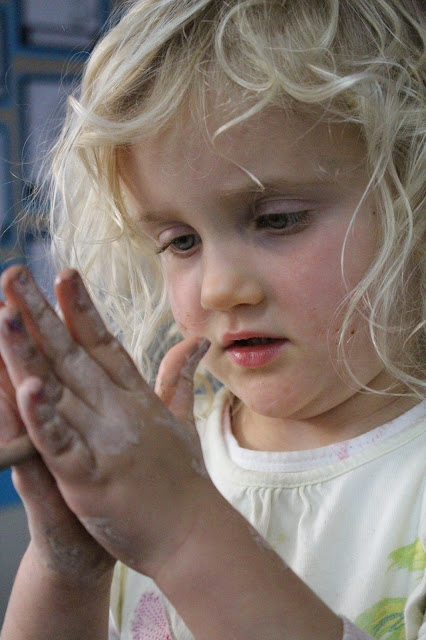"A community is more than just a location, or a collection of individuals who happen to live or work in the same place. When we talk about a 'sense of community' we usually mean the quality of the relationships and connections that bind people together, rather than just the fact that they see each other regularly" (Connor, 2012).
This week we held a coffee morning as part of our Matariki celebrations. It was an opportunity for whanau to come in, relax, talk and share with us and others. An opportunity to build and develop new relationships, reaffirm old relationships and create shared connections.
A large part of discussions revolved around sharing strategies, creating consistency between kindergarten and home, sharing ideas around emotional literacy and the skills required to support these ideas. It was a beneficial opportunity for parents to collaborate and share the challenges of our parenting roles. Alongside the coffee we offered a grazing table, a pamper table and a swap and shop table.
It takes a village to raise a child and we see the importance of ensuring that our tamariki grow up as a part of a community. "For children, a sense of community plays an important role in the development of their feelings of belonging and security" (Connor, 2012). In early childhood, creating a sense of community is an important part of what we do. Relationships, Belonging and Family and Community are integral parts of our curriculum and our day.
An environment that creates mutually supportive and caring relationships creates an ideal atmosphere for children to thrive. It creates an opportunity for our tamariki to recognise their role within a community, that all contributions are valued and it allows them to develop a sense of service. That we can be a part of helping others, supporting others and it is the small acts and time spent together that create this sense of community (Hunt, 2009).
Indeed, "as children grow and develop, connections to the outside world help them to find their place in the world, to develop understandings of how society works, and to recognise and understand the shared values that underpin our society" (Connor, 2012).
While the children didn't participate in the coffee morning as such they did participate in the pampering of their loved ones and each other, the sharing table and the swap and shop!


And what the parents couldn't finish off the sharing table...the kids did!!
He aha te mea nui o te ao
What is the most important thing in the world?
He tangata, he tangata, he tangata
It is the people, it is the people, it is the people




























































